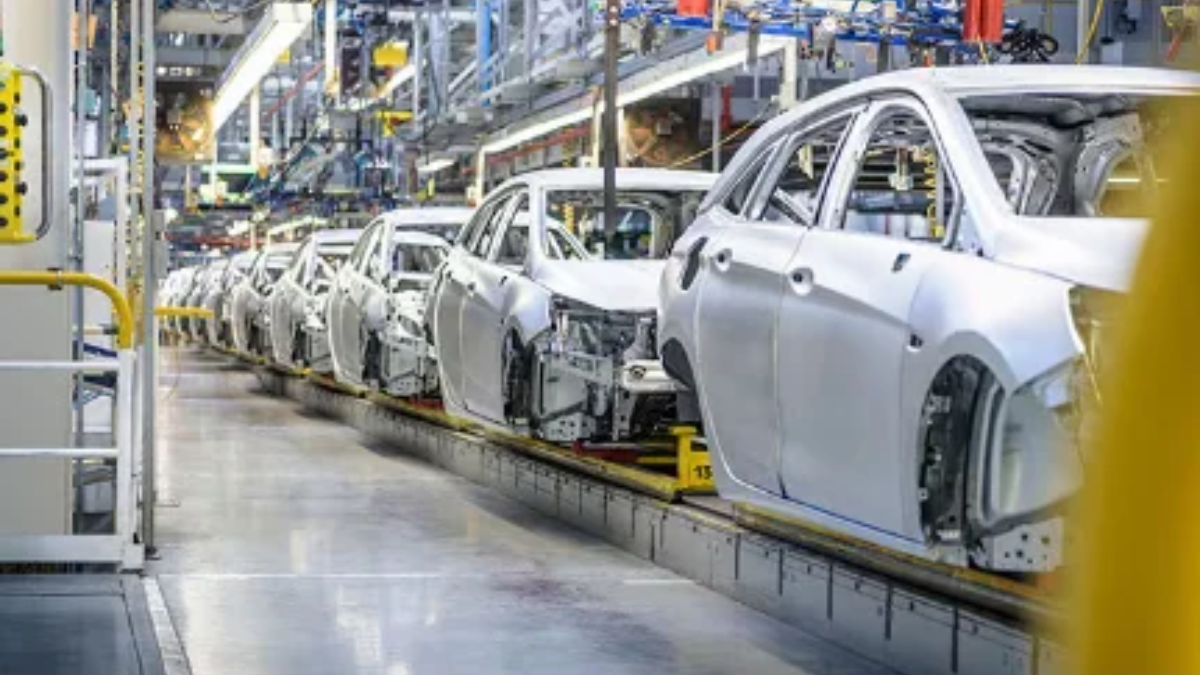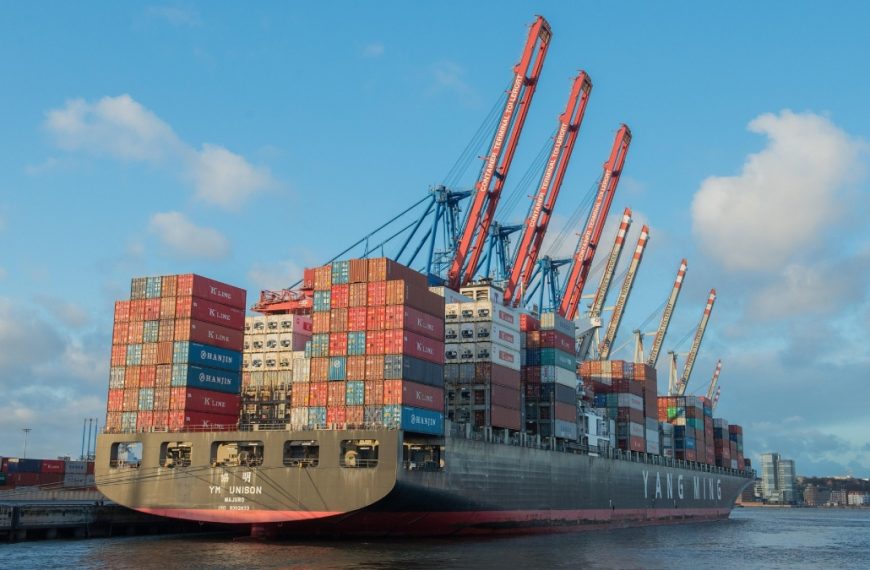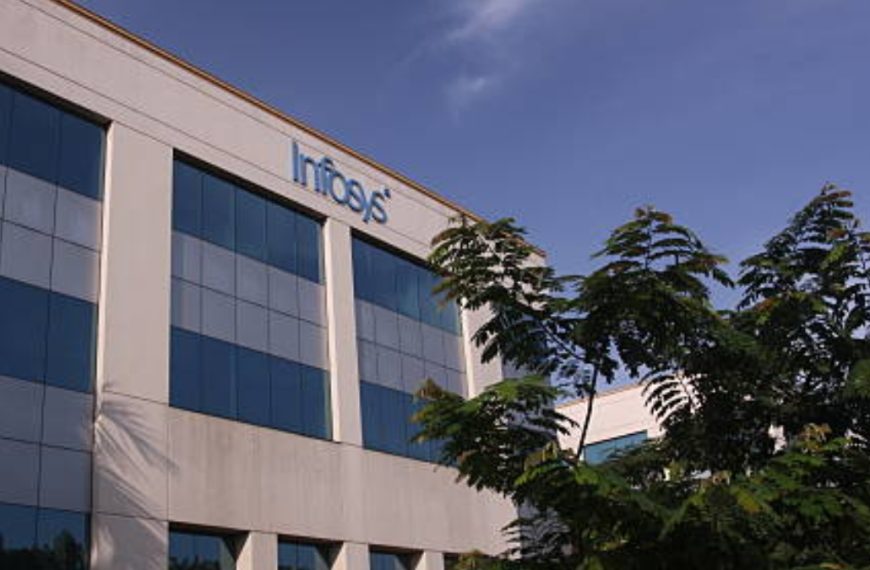As the fiscal fourth quarter earnings season kicks off, the automotive industry braces for a challenging performance. Analysts predict a wave of downgrades across various companies, citing weakened global and domestic demand. According to Kotak Institutional Equities, revenues for the auto sector under their watch are anticipated to rise by 5% year-over-year in Q4FY25. This growth is expected to stem from modest increases in the two-wheeler (2W), passenger vehicle (PV), and commercial vehicle (CV) segments, along with a shift towards higher average selling prices (ASPs) in the PV sector. However, these gains may be countered by increased discounting across the board.
Domestic Auto Sector Insights
Nomura echoed similar sentiments, suggesting that local manufacturers are better positioned amidst global uncertainties. They forecast modest volume growth for most segments, except for tractors, which are projected to see significant improvement.
- Volume Growth Predictions for Q4FY25:
- Two-Wheelers (2Ws): 1% growth
- Light Commercial Vehicles (LCVs): Flat growth
- Passenger Vehicles (PVs): 3% growth
- Medium and Heavy Commercial Vehicles (MHCVs): 3% growth
- Tractors: 18% growth
Despite the challenges, exports are expected to remain robust, with growth rates of 11% year-over-year for PVs and 23% for 2Ws.
Future Consumption Trends
Looking ahead to 2025, Nomura anticipates that consumption demand will remain tepid across most segments, particularly in the mass market. The report suggests, however, that there could be a recovery driven by potential reductions in income taxes, interest rates, and fuel prices. They project a 5% increase in industry volume growth for PVs and a 7% increase for 2Ws in FY26.
U.S. Tariff Implications
Nomura has also conducted a sensitivity analysis regarding U.S. tariffs impacting Indian auto stocks. Despite existing tariffs, Indian suppliers may still remain competitive in the U.S. market. They believe that the potential risks related to these tariffs have already been factored into valuations for companies like Tata Motors and Sansera, although there may be some downside for others in a pessimistic scenario.
- Potential Impact on JLR:
- Estimated EBIT margin could drop to 5.3% in FY27, necessitating cuts in capital expenditures.
India is currently in negotiations for a Bilateral Trade Agreement (BTA) with the U.S., with a recent 90-day pause on reciprocal tariffs providing opportunities for negotiations that could lead to favorable outcomes.
Projected Performance of Auto OEMs
According to Kotak Institutional Equities, automotive original equipment manufacturers (OEMs) are expected to experience a 5% revenue growth year-over-year. This growth will be supported by:
- Modest YoY production increases across PVs, CVs, and 2Ws.
- A low-teen increase in tractor production.
- A slight improvement in ASPs due to a favorable product mix in the PV sector.
However, challenges such as declining production volumes for Jaguar Land Rover (JLR) and escalating discounts may lead to a 40 basis points decline in EBITDA margins.
Axis Securities offers a slightly more optimistic outlook, forecasting an 8.5% revenue growth and 9.3% PAT growth year-over-year, driven by volume growth across multiple segments.
Ancillary Insights and Future Outlook
For auto components, Nomura predicts a 7% revenue increase year-over-year, largely due to domestic market suppliers. However, export-oriented suppliers may struggle. They expect EBITDA to remain stable, albeit with modest growth in replacement markets offset by weakness in original equipment (OE) and exports.
Kotak also foresees a 6% revenue growth for auto component companies, driven by various factors, while highlighting expected declines in EBITDA margins due to adverse product mixes and rising raw material costs.
Looking ahead, the two-wheeler segment is anticipated to rebound, fueled by favorable weather conditions and recovering farm incomes. The launch of affordable electric vehicle models is expected to further enhance adoption rates. The overall outlook for the automotive sector remains cautious, yet hopeful for improvements in the coming fiscal year.











